Inflation is at a 30-year high. Here’s how the Federal Reserve plans to deal with it
Enlarge this image
Federal Reserve Chairman Jerome Powell walks between meetings with Senators on Capitol Hill on Oct. 6, in Washington, D.C. The Fed is likely to keep its interest rates near zero at the end of its policy meeting on Wednesday, but will likely announce a plan to start removing some of the support it’s providing to the economy.
Kevin Dietsch/Getty Images
hide caption
toggle caption
Kevin Dietsch/Getty Images
Business
It’s Called The Bond Taper. Yes, It’s Geeky. But This Is Why You Should Know About It
At their meeting on Wednesday, Fed policymakers are expected to leave interest rates near zero, as part of a long-term strategy to get the country back to full employment.
But the central bank is also likely to announce a plan to start winding down another effort it undertook to help the economy through the pandemic: its purchases of at least $120 billion worth of bonds each month.
That policy was designed to help keep borrowing costs across the economy low, since bond markets help determine the rates consumers pay for auto loans and home mortgages. The Fed is expected to phase out the bond purchases by the middle of next year.
«I do think it’s time to taper [the bond buying program],» Powell said recently, at a conference sponsored by the South African Reserve Bank. «I don’t think it’s time to raise rates.»
Enlarge this image
Customers shop for produce at a supermarket on June 10 in Chicago. Inflation has surged to its highest in 30 years as consumers have gone on a shopping spree, leading to a widespread shortage of goods.
Scott Olson/Getty Images
hide caption
toggle caption
Scott Olson/Getty Images
Economy
The Fed Says Inflation Is Hotter Than Expected — But It Should Cool Next Year
A survey of U.S. factory managers last month found many struggling to find parts and raw material – and enough workers – to keep pace with booming demand. Faced with higher costs on all fronts, one furniture factory said it was considering its third price increase this year.
Workers’ pay is also rising, though not as fast as prices. On average, wages and salaries in September were 4.2% higher than a year ago.
Powell said he and his colleagues are on the lookout for the kind of wage-price spiral that led to runaway inflation in the 1970s, but he doesn’t see evidence of that so far. If it were to materialize, Powell has said, the central bank is prepared to raise interest rates.
Enlarge this image
A ‘Now Hiring’ sign is displayed at a fast food chain on June 23 in Los Angeles. Businesses are eager to hire but they are struggling to find workers because of a number of factors, including difficulties in finding child care or fears about getting infected.
Mario Tama/Getty Images
hide caption
toggle caption
Mario Tama/Getty Images
National
Why The Global Supply Chain Is Still Clogged — And How To Fix It
The path back to full employment has been rocky. Many employers are eager to hire, but after adding about a million jobs in both June and July, job gains slowed sharply in August and September.
There were 3 million fewer people working or looking for work in September than there were before the pandemic. Some people retired. Others were busy caring for children or worried about catching COVID-19.
Enlarge this image
Former Treasury Secretary and now Harvard Professor Larry Summers listens to remarks during a discussion on low-income developing countries at the annual IMF and World Bank Spring Meetings on April 13, 2016, in Washington, DC. Summers has been a strong critic of the Fed’s inflation policy.
Mike Theiler/AFP via Getty Images
hide caption
toggle caption
Mike Theiler/AFP via Getty Images
Planet Money
Why are so many Americans quitting their jobs?
For now, the Fed is willing to tolerate a period of higher inflation in an effort to promote full employment.
But if the central bank concludes the pandemic has permanently lowered the bar of what full employment looks like, the Fed’s balancing act could shift, towards a faster increase in interest rates and a tougher crackdown on inflation.
Powell has acknowledged the challenging task.
«We live in a risk management business,» Powell said recently, «not one of absolute certainty.»
- missing workers
- supply chain bottlenecks
- Jobs
- inflation
- Federal Reserve
- interest rates
Обсудим?
Смотрите также:

